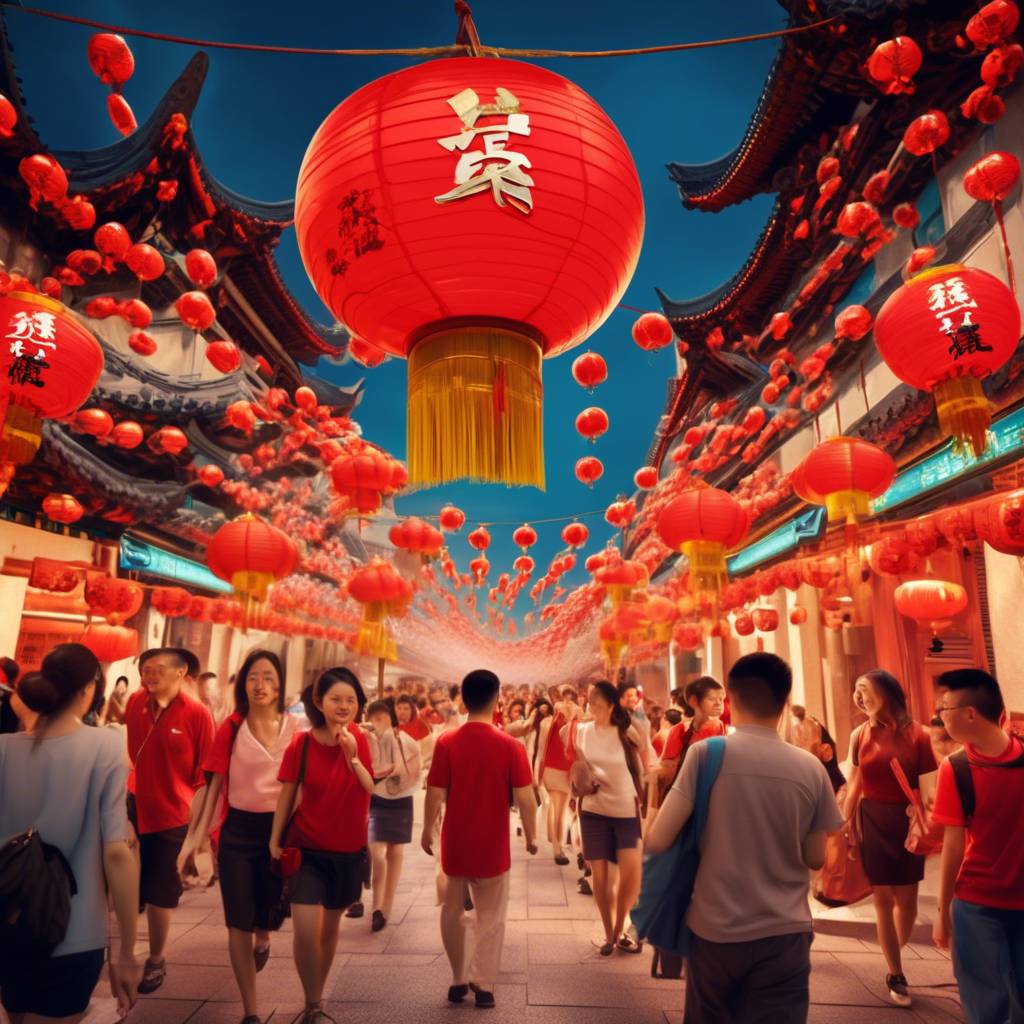China experienced a surge in tourism during the Labor Day holiday period, with tourists making a total of 295 million trips within the country. This was a significant increase from 2019 when the holiday period only lasted four days. Despite the increase in trips, tourists were spending less money per trip compared to previous years, with average spending dropping by 6% to 565.73 yuan ($80). This decrease in spending indicates that consumption in China’s economy remains sluggish.
In addition to the increase in tourism, China’s box office also saw a rise in attendance during the holiday period. 37.77 million people went to the cinema, exceeding the number of attendees in 2019. However, ticket sales remained around the same levels as 2019, reaching 1.527 billion yuan ($215.7 million). This trend of increased attendance but relatively flat revenue further highlights the decrease in spending by Chinese consumers as the economy weakens and job prospects worsen.
Analysts have noted that Chinese consumer sentiment appears shaky, as evidenced by sluggish retail sales spending momentum and a sharp reversal in the April services PMI. The downturn in real estate, which accounts for 70% of household wealth in China, is also weighing on consumer sentiment. In April, the Caixin/S&P Global services PMI fell to 52.5 from 52.7 in the previous month, signaling a weakening in the services sector. The government’s official non-manufacturing PMI also dropped in April to 50.3, the weakest reading since January.
In March, retail sales growth in China slowed to 3.1% from 5.5% in February, reflecting ongoing challenges in the consumer sector. Consumer inflation also increased by a muted 0.1% in March from a year earlier, down from 0.7% in February. These indicators suggest that Chinese consumers are spending less due to economic uncertainties and a weakening job market. The overall slowdown in consumption has implications for the broader economy, as consumer spending is a key driver of economic growth in China.
The surge in tourism during the Labor Day holiday reflects a pent-up demand for travel and leisure activities in China following the Covid-19 pandemic. However, the decrease in spending by tourists indicates ongoing challenges in the Chinese economy, with consumers cutting back on expenses. The flat revenue at the box office despite increased attendance further underscores the pressure on consumer spending. Policymakers will need to address these challenges to boost consumer confidence and stimulate economic growth in China.
Overall, the data from the Labor Day holiday period and recent economic indicators in China point to a mixed outlook for the country’s economy. While there was a surge in tourism and increased activity in certain sectors, the decrease in consumer spending and weakening sentiment suggest broader challenges. Policymakers and analysts will need to closely monitor these trends and implement targeted measures to support consumer confidence and drive economic recovery in China.









